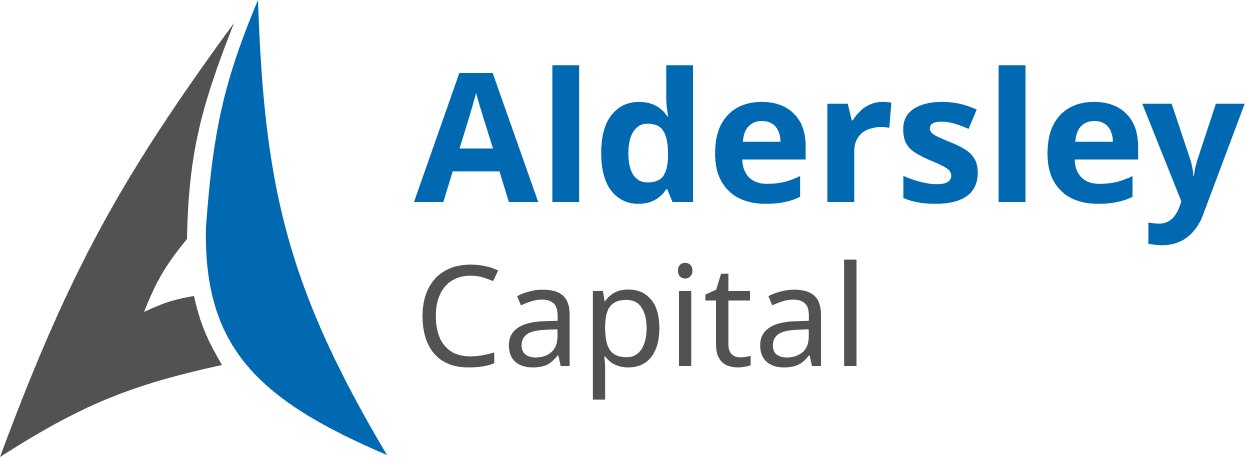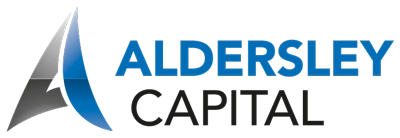What is gearing?
“Gearing” is a term used to describe the application of borrowed money for investment purposes.
By adding borrowed money to the capital you already have to invest, you will magnify the return on your investment, whether positive or negative. The total return is assisted by the tax deductibility of interest payments.
Many investors think only in terms of “Negative” gearing. Negative gearing is where the interest on borrowings and any other expenses exceeds the income from the investment. That is, outgoings exceed income. This is a tax driven strategy which requires your investment to achieve a capital gain which will more than compensate for the after tax cost of interest paid. It was commonly practised during the residential property boom of the eighties – and in many cases led to grief in the aftermath.
Positive” gearing occurs when the income from the investment exceeds the interest on the borrowings. “Neutral” gearing is when the income from the investment is approximately equal to the interest on the loan.
Gearing is “positive”, “negative” or “neutral” depending on:
- the amount borrowed;
- the interest rate of the borrowings;
- the investment selected and the income produced from the investment.
Traditionally, investors geared investments in real estate. However, gearing into the sharemarket offers greater flexibility such as access to either part or all of your money at any time, dollar cost averaging and a higher expected return over time than investment property gearing.
Is a gearing strategy suitable for me?
- To consider gearing into an investment you should normally:
- intend investing for at least five (5) years;
- be able to tolerate short-term fluctuations in the value of your share portfolio;
- have a regular, secure income stream (generally your salary);
- be a medium to high income earner
- consider income protection insurance cover to protect against loss of income due to sickness or accident.
Historically, shares have outperformed other major investment classes (property, fixed interest and cash). However, over the short term, shares fluctuate significantly, both up and down, in value.
What are the potential benefits of gearing?
1. Increased Returns
A major benefit of gearing is that you are able to:
- make a larger investment and, as a result,
- increase your potential for capital gain.
2. Tax Deductibility
All investment income and realised capital gains derived from your shares are taxed as assessable income, subject to adjustments for dividend imputation credits, indexation allowances and any part of the income which is tax-free or tax-deferred.
As your loan is made for investment purposes and is invested to produce assessable income, then the interest on your borrowings is a deductible expense. Certain other expenses, such as loan establishment and legal fees are also deductible, either immediately, or over the life of the loan. You reduce your tax payable while magnifying the value of your underlying portfolio which is likely to be increasing over the medium to longer term.
When shares are sold at a profit, the gain will be assessed for capital gains tax. The gain is adjusted to allow for increases in the Consumer Price Index (CPI) over the period that the investment was held.
Taxation laws are complex. Your local accountant or other financial adviser will be able to assist you with the taxation aspects of a geared strategy. Advisers who have received accreditation from us will be able to demonstrate the benefits available to you by using gearing software.
What are the risks of gearing and how can I minimise them?
Falls in investment values.
Gearing works to magnify value in the direction of the market. If the value of the underlying shares decreases, the size of the loss is magnified by the borrowings.
In this situation, for a margin loan, you may be required to top up or repay part of the loan. This is called a “margin call”. To avoid having to sell shares at the bottom of the market to meet margin calls, ensure your financial position can cope with market fluctuations by not “over-investing”.
Cash Flow Strain
Cash flow strain results when the costs associated with servicing the debt are greater than the income received (remembering that capital gains are only turned into positive cash flow when the investment is sold). Cash flow strain can also occur when pay your interest (for example, paying 12 month’s interest in advance). As a result, costs need to be financed from other sources (such as salary and other investment income) during the term of the investment.
What additional factors are worth considering?
In the event of your death, or if you were to become disabled and were not able to work before the loan was repaid, how would you or your family handle the loan liability? What impact could such an event have on your geared investment?
Because a gearing strategy may leave you exposed to loan obligations, you may need to consider:
- the necessity for life and disability cover. Will you be capable of maintaining the loan repayments at all times?
- penalties involved for terminating a loan before the fixed period has expired. Will you be relying on the income from the investment to make loan repayments? Are you in a position to cope with market and interest rate fluctuations without causing financial hardship?
- the possibility of a substantial capital loss if your investment has to be sold in difficult market conditions.
What choices are there for gearing into shares?
There are three main ways:
Buy shares through a stockbroker and do it all yourself.
This is often claimed to put you in total control. However, whatever your level of expertise, it involves a huge amount of time, hassles and administration. What commences as a desire for control often ends up as crisis management. The preparation of your income tax return, including any capital gains liability, can be difficult, time-consuming and costly. Protected loan portfolios are an expensive way of owning shares, and are better suited to investors requiring a substantial tax deduction than serious long term investors seeking to build wealth.
Use a managed pooled fund.
This option is suitable if you don’t already own shares and want to avoid any hassles of managing or administering your own investments. It is also suitable for overseas diversification. The disadvantage is that all investors in the fund are treated in the same fashion, whatever the size of their investment or their tax position. You inherit through the unit price the historic tax position of the trust which can involve you in a liability for a substantial capital gain distribution in the first year without receiving the benefit of this in the form of a higher unit price. Individual requirements are not catered for, so it is vital to ensure that the style of the fund suits you.
Use an investment service like a managed account.
By using managed account, you directly own a portfolio of quality shares specifically tailored to meet your requirements. The portfolio is professionally managed and you receive comprehensive online reports, as well as an audited summary income and capital gains tax report each year.
A managed account can also offer a regular saving and a regular payment service. You can combine this with instalment gearing. This means you get the very best advantages associated with a managed investment while retaining the beneficial ownership of a share portfolio.
Home Equity style loan
This is the simplest course of action. You arrange with a bank to draw an investment loan secured against the equity in your home or other investment property. The loan proceeds then form part of your application. There is no security taken over your share portfolio. As banks do not review property values as often as they value share portfolios, you are less likely to experience issues at the bottom of equity markets as you may with an equity margin loan. Home equity loans should also attract a lower interest rate.
Equity Margin Lending
The underlying shares form the security for the loan. Your portfolio is set up with the margin lender’s name appearing on the portfolio. In the case of Phillip Managed Accounts, Leveraged Equities recognises a number of the mandates for lending purposes.

